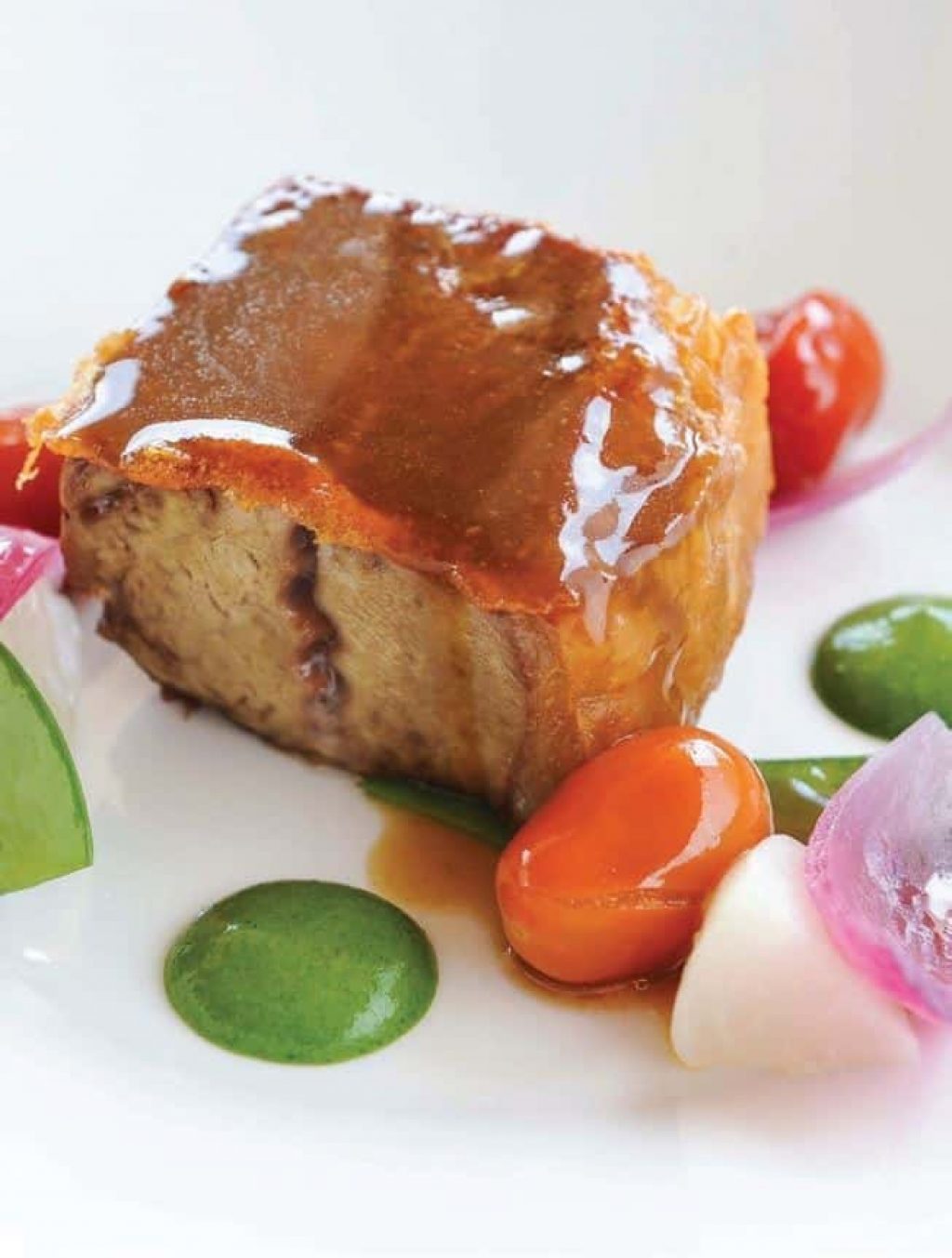You’re one of the leading chefs in a region now on UNESCO’s World Heritage List, since 22 June 2014. Has anything changed since that day? Theoretically no, those who have always worked in those areas and done so conscientiously have ensured that this region should become part ofUnesco’s world heritage. I do the same as I did before, possibly with more attention because I realise that those coming to the Langhe, apart from because of the usual word of mouth, after this nomination expect something more. Ugo Alciati’s dish, what is it?At the moment it couldn’t be other than ice cream, the Fiordilatte from the pastures of the high Stura valley, we’re talking about milk produced between 800 and 1500 metres, in the summer pastures. It’s something I feel is mine, with which I have done a lot of work, despite it being very simple. It is precisely this simplicity that demands careful, meticulous work and fortunately the recognition is starting to come.Which ingredient will never be missing from your cuisine? One ingredient alone is not enough to make up a taste sequence, perhaps the most pliable, malleable and fascinating is flour.You are one of the Expo Ambassador Chefs: much has been said about your anti-waste idea. Can you tell us something about it? My idea of anti-waste is a family idea that my father had in 1961 when he opened his restaurant. He didn’t see himself in the catering idea of the time, he wanted to focus more on the customer and to do this it was necessary to create some fixed points. One restriction was the sourcing of the raw materials, which had to be excellent and, although always plentiful at the time, there was a lack of producers and the transport wasn’t as simple as it is today. Such a choice made in the 1960s at Castiglione d’Asti seemed to many like suicide, but with perseverance, in the end, he managed to get the best of it, educating the customers and getting them used to a new way of approaching food. Now there is an effort to please the customers with endless dishes on the menu, but perhaps without making them.A Michelin star has been shining beside your name for years. How does a chef’s cuisine change after such recognition? It shouldn’t change only because of the Michelin Star, but it would be utopian to think so. Let’s say that when a chef obtains a Michelin Star, he actually would have deserved one and something extra for all the hard work done over the years in approaching it. Once obtained, you have to keep it, year after year, and as in all things appetite grows with eating and the second star will always be the dream of all the chefs. Your restaurant was set up in the Villa Reale at the Tenuta Fontanafredda di Serralunga d’Alba, in the midst of the Langhe. Can you recommend a good wine to go with one of your dishes? Good glass of Barolo, with a dish of agnolotti, our local agnolotti, those pan fried in the roasting juices with butter.
Address
Address:
Guido Ristorante Tenuta di Fontanafredda
GPS:
44.638246, 7.9853439999999
Telephone:
Email:
-
Web:
-














